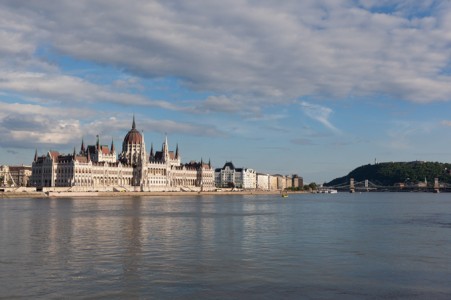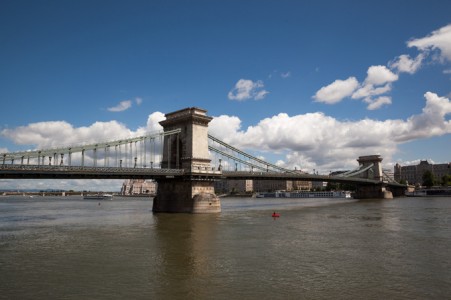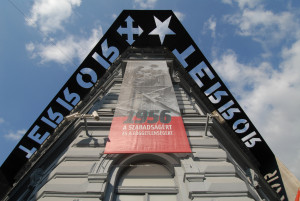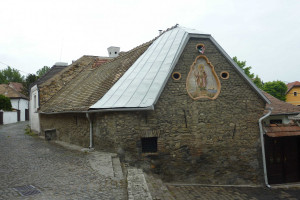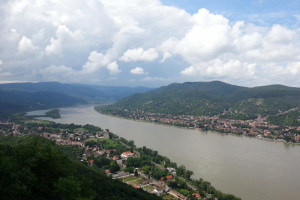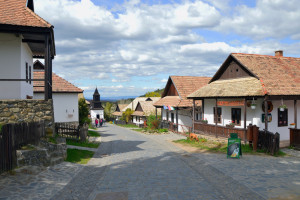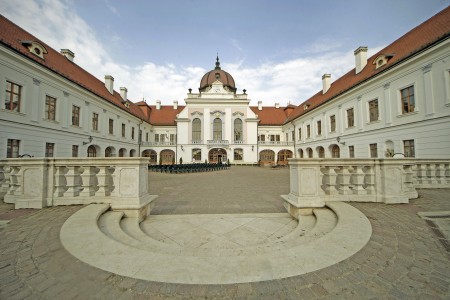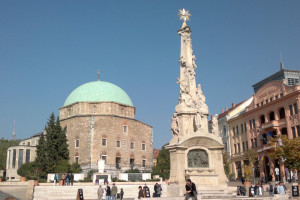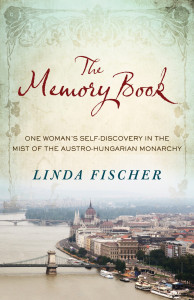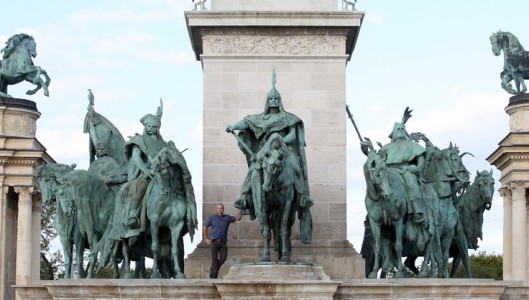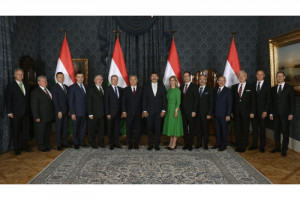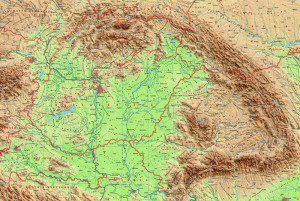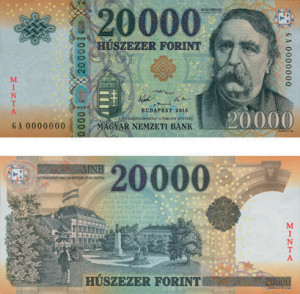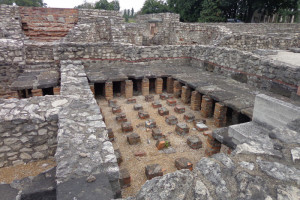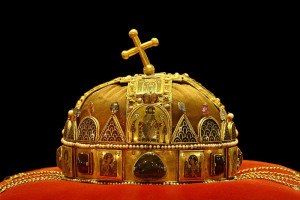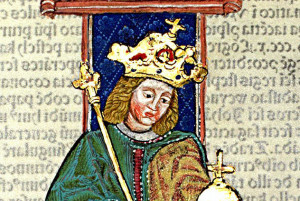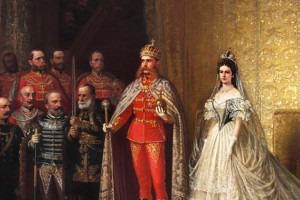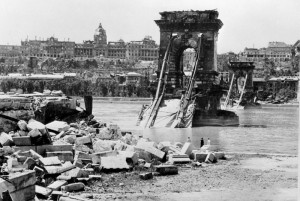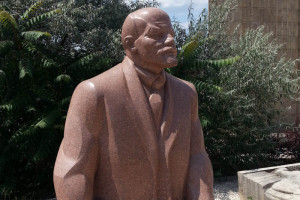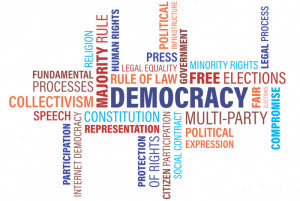World War 2
ZoOm Hungary
By 1918, the fate of the Monarchy was sealed. Before its capitulation on November 3, a National Council, headed by Count Mihaly Karolyi, demanded a separate peace, Hungarian independence, the recognition of the right of self-determination for the national minorities, land reform, and universal suffrage.
On November 16, 1918, Hungary was proclaimed a republic. Karolyi was soon overwhelmed by the territorial demands and armed invasion of the Entente. On March 21, a Communist regime took over under Bela Kun. The hastily conceived measures of the Communists – nationalization of all the lands and taking most of the economy into state control – met with resistance. Meanwhile the Red Army collapsed and the Romanian forces marched into Budapest. On August 1, 1919, the short-lived first Communist regime of Hungary was overthrown.
After the fall of the communist regime and the departure of the Romanian troops from the country, a National Army created under the command of Admiral Miklós Horty, advanced on Budapest. Elections were held and on March 1, 1921, the National Assembly appointed Miklós Horty regent of Hungary.
After the election of the National Assembly, but before the election of the Regent, the Treaty of Trianon was signed. The provisions of this peace treaty were extremely severe. Hungary's territory was reduced to a third of its previous size, and the country was forced to pay a large indemnity. What's more, the territorial provisions of the treaty resulted in millions of Hungarians being placed under the jurisdiction of neighboring countries.
The Treaty of Trianon shocked Hungary not only by severing millions of Hungarians from the mother country – this could have been gradually made acceptable by the application of minority rights and the kind of handling of national frontiers now in evidence in Western Europe – but also by wrecking Central Europe's historical economic region.
Between the two world wars Hungary achieved a measure of economic development, though suffering heavy losses during the universal economic crisis of the thirties. Hoping for the recovery of the territories that had been lost as a result of the Treaty of Trianon, Hungary in her foreign policy got more and more under the influence of the Axis Powers. As a result of the Vienna Verdicts agreed upon in 1938 and in 1940, Hungary in fact recovered some of the territories annexed to Slovakia and Romania. Unfortunately, the country was by her alliance with the Axis Powers drawn into World War 2, which she entered in 1941, by sending an army to the eastern front.
World War 2
World War 2 brought heavy losses to Hungary: during the Battle of Stalingrad and the offensive on the Don, 40 000 soldiers of the Second Hungarian Army were killed and 70 000 were captured by the Soviet troops, and heavy damage was inflicted on Hungarian towns by the air raids of the Allies. The resistance against the country's involvement in the war grew and in March, 1944 Hitler, anxious to keep Hungary in the war, decided to occupy it. He sent for Horthy and while the Regent was staying in the leadership quarters in Germany, Hitler's troops marched in. Horthy remained in his post as Regent and the new Hungarian puppet-government fulfilled all the demands of Veesenmayer, the German plenipotentiary. Further Hungarian troops were sent to the front, the Gestapo took the drive against the anti-Nazis, and more than half a million Jews were deported to the German death-camps. Horthy was forced to sign a document appointing the Arrow Cross leader Ferenc Szalasi National Protector and then was taken to Germany with his family, where he lived in captivity. After the war, Horthy moved to Portugal, where he died in exile in 1957.
The war continued. The German army was finally driven out of Hungary by the Soviet army in April, 1945. The war took the lives of half a million Hungarians, and forty per cent of the nation's material resources were destroyed. The provisions of the Treaty of Trianon were reinstated and Hungary was forced to pay a large indemnity.
